by Tanisha Gandhi //
L’intérêt pour l’art contemporain en pleine croissance en Inde
// Au cours des cinq dernières années, le paysage de l’art contemporain en Inde s’est développé rapidement, gagnant en visibilité tant sur la scène locale qu’internationale. Depuis la pandémie de Covid-19, les expositions, les nouvelles galeries d’art et les projets institutionnels se multiplient. Un projet de musée indien, présenté comme le plus grand du monde, est en préparation. Cette énergie culturelle renouvelée à travers le sous-continent montre que les infrastructures artistiques du pays entrent dans une nouvelle phase de croissance.
Des foires comme Art Mumbai, la India Art Fair ou des événements comme la Biennale de Kochi-Muziris sont devenus des temps forts du calendrier culturel international, attirant commissaires, collectionneurs, galeristes et critiques du monde entier. La dernière édition de Frieze London, organisée pendant la London Art Week en octobre dernier, a mis en avant une forte présence sud-asiatque, confirmant la place grandissante de la région dans la conversation autour de l’art contemporain. Les galeries d’art, qui contribuent à définir la manière dont l’art sud-asiatique est présenté et discuté, restent un bon moyen d’observer cette évolution.
Le marché de l’art en Inde continue de se développer, soutenu par une base de collectionneurs en expansion et par la réduction de la taxe sur les ventes d’art (GST). Les collaborations internationales se multiplient et les institutions locales renforcent leur présence. Les galeries du pays jouent un rôle essentiel dans la manière dont l’art contemporain indien est perçu, en Inde comme à l’étranger. L’émergence de ces galeries marque un moment de redéfinition pour la scène artistique indienne. Leurs programmes montrent une évolution au-delà des catégories établies, conciliant références locales et échanges internationaux. Ensemble, elles dessinent une scène en évolution, de plus en plus assurée dans sa direction. À mesure que les infrastructures se consolident et que les partenariats régionaux se développent, le rôle de l’Inde dans le circuit artistique mondial devrait continuer d’évoluer. Avec l’espoir que cette dynamique se maintiendra et que le dialogue autour de l’art contemporain indien restera ouvert.
ACA project vous présente cinq galeries qui illustrent comment l’art contemporain en Inde évolue et comment il est perçu à l’international aujourd’hui.
Interest in contemporary art on the rise in India
// Over the past five years, India’s contemporary art landscape has expanded rapidly, gaining more visibility locally and globally. The post-pandemic period has seen a surge in exhibitions, new art galleries and institutional projects. There are even plans underway for what could become the world’s largest museum in India. This renewed cultural energy across the subcontinent highlights how the country’s art infrastructure is entering a new phase of growth.
Art fairs such as Art Mumbai, the India Art Fair, and institutions like Kochi-Muziris Biennale have become important spotlights in the global art calendar, drawing curators, collectors, gallerists, and critics from around the world to India. The last edition of Frieze London, held during London Art Week earlier this October, featured a strong South Asian presence, reaffirming the region’s growing relevance in contemporary art discourse. Galleries remain a direct way to observe this transformation. They are shaping how South Asian art is presented and discussed.
As India’s art market continues to expand, supported by a growing collector base and a reduction in GST, international collaborations are increasing and local institutions are strengthening their presence. The country’s galleries remain essential in shaping how Indian contemporary art is seen, regionally and globally. The rise of these galleries signals a moment of self definition within India’s contemporary art landscape. Their programme suggests a shift beyond established categories, balancing local references with international dialogue. Together, they outline a scene in growth yet increasingly confident in its direction. As infrastructure deepens and cross-regional partnerships continue to evolve, India’s role within the global art circuit will continue to grow. One hopes this momentum endures and the conversation around Indian contemporary art remains open.
ACA project has selected 5 art galleries that define how contemporary art in India is evolving and being perceived internationally today.
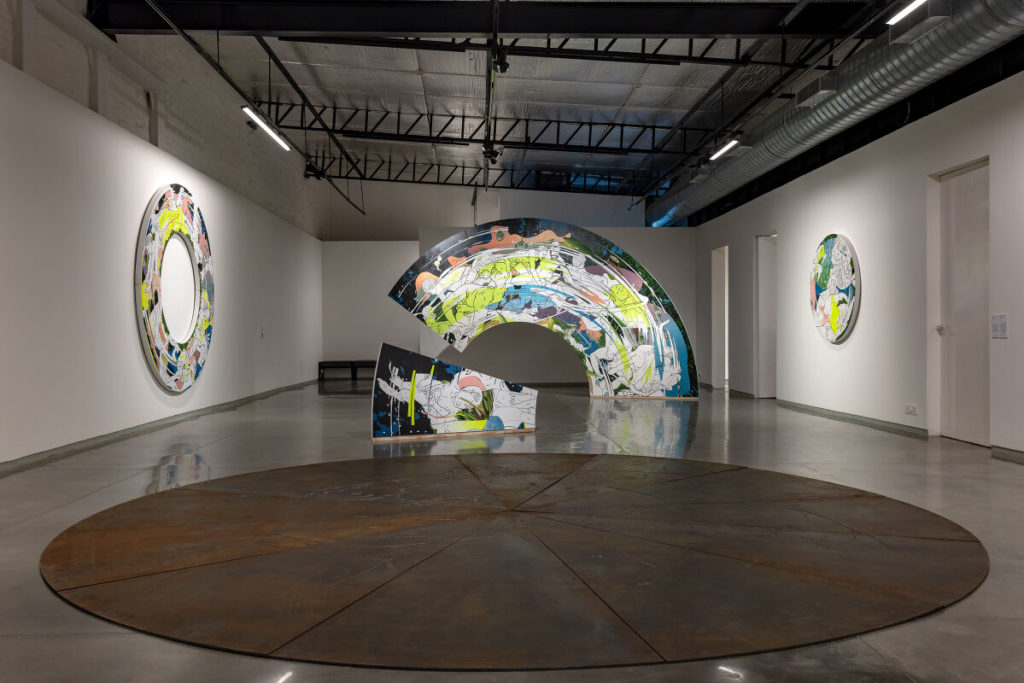
Nature Morte, New Delhi & Mumbai
Fondée par Peter Nagy à New York en 1982, puis installée à New Delhi en 1997, Nature Morte reste l’un des noms les plus reconnus de l’art contemporain en Inde. Son influence lui permet de participer activement aux échanges artistiques, en Inde comme à l’étranger. Connue pour son histoire de collaborations à New York, Paris, Londres, Tokyo et Sydney, la galerie a depuis longtemps intégré ses artistes indiens dans le réseau mondial de l’art, à l’instar de Bharti Kher ou Subodh Gupta. Ses grands espaces à Delhi et à Mumbai permettent d’organiser des projets curatoriaux ambitieux, mêlant expérimentation conceptuelle et visibilité sur le marché, notamment pour des œuvres de grand format.
Founded by Peter Nagy in New York’s East Village in 1982 and re-established in New Delhi in 1997, Nature Morte remains one of India’s most recognised names in contemporary art. A gallery with an influence strong enough to consistently shape both national and international conversations. With a history of collaborations across New York, Paris, London, Tokyo, and Sydney, the gallery has long positioned Indian artists within the global art world network, such as Bharti Kher and Subodh Gupta. Its large scale spaces in Delhi and Mumbai allow for ambitious curatorial projects and installations that combine conceptual experimentation with market visibility, particularly for larger format works.
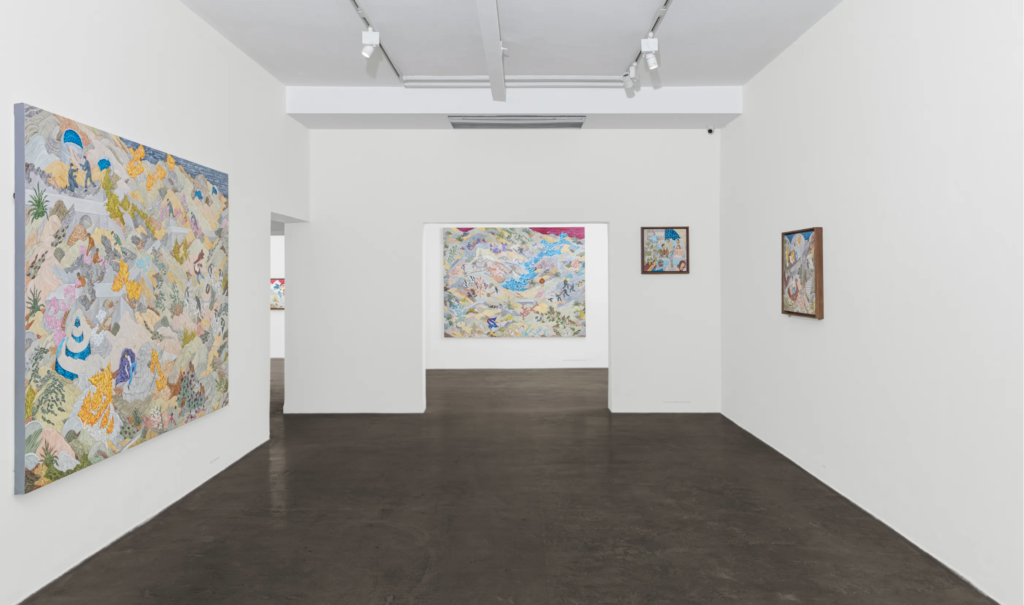
Vadehra Art Gallery, New Delhi
Fondée en 1987 et aujourd’hui menée par Roshini et Parul Vadehra, cette galerie dirigée par des femmes représente des artistes venant de quatre générations du sous-continent indien et de sa diaspora, dont S.H. Raza, Atul Dodiya ou encore Nalini Malani. Elle joue un rôle important dans le développement du paysage artistique indien, en soutenant des artistes établis et des voix émergentes. Avec deux espaces majeurs à Delhi et une présence constante dans les foires internationales, Vadehra Art Gallery continue de relier les scènes locales et mondiales. Début octobre 2025, la galerie s’est distinguée lors de la London Art Week avec des présentations à Frieze London, Frieze Masters et à No. 9 Cork Street.
Founded in 1987, now run by Roshini and Parul Vadehra, this women-led gallery represents artists across four generations from the Indian subcontinent and its diaspora, including S.H. Raza, Atul Dodiya and Nalini Malani. It has played a crucial role in shaping India’s art ecosystem, supporting established and contemporary voices. With two key spaces in Delhi and a strong, consistent presence at international art fairs, Vadehra Art Gallery continues to bridge local and global perspectives. Earlier October 2025, the gallery had a significant presence during London Art Week with presentations at Frieze London, Frieze Masters, and No.9 Cork Street.
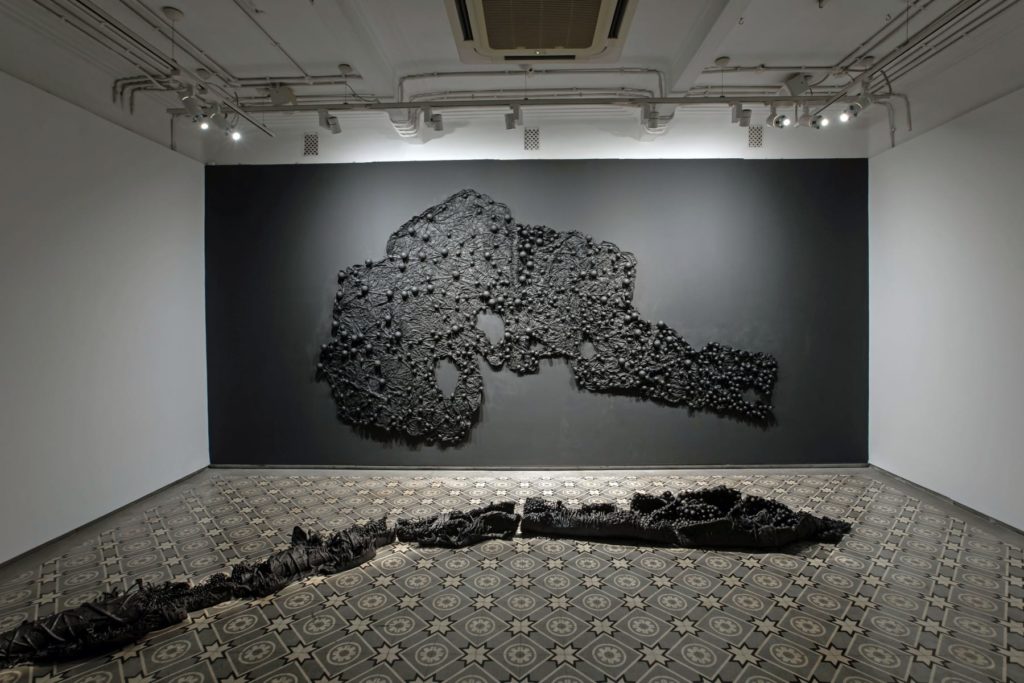
Experimenter, Kolkata & Mumbai
Co-fondée en 2009 à Calcutta par Priyanka et Prateek Raja, Experimenter est reconnue pour son approche pluridisciplinaire et sa réflexion sur la présentation et la diffusion de l’art contemporain. Son programme dépasse les murs de la galerie, avec l’organisation de conférences, de performances et de projets pédagogiques de long terme tels que le Curator’s Hub et le Learning Programme d’Experimenter. Avec des nouveaux espaces à Mumbai et une maison d’édition, la galerie élargit la définition de ce que peut être une galerie d’art sud-asiatique aujourd’hui.
Co-founded in 2009 by Priyanka and Prateek Raja in Kolkata, Experimenter is recognised for its multidisciplinary and research based approach to exhibition making and artist representation. The gallery’s programme extends beyond its four walls to include talks, performances, long term educational projects such as Experimenter Curator’s Hub and the Experimenter Learning Programme. With additional spaces in Mumbai and a publishing wing, Experimenter continues to broaden the framework of what a South Asian gallery can be today.
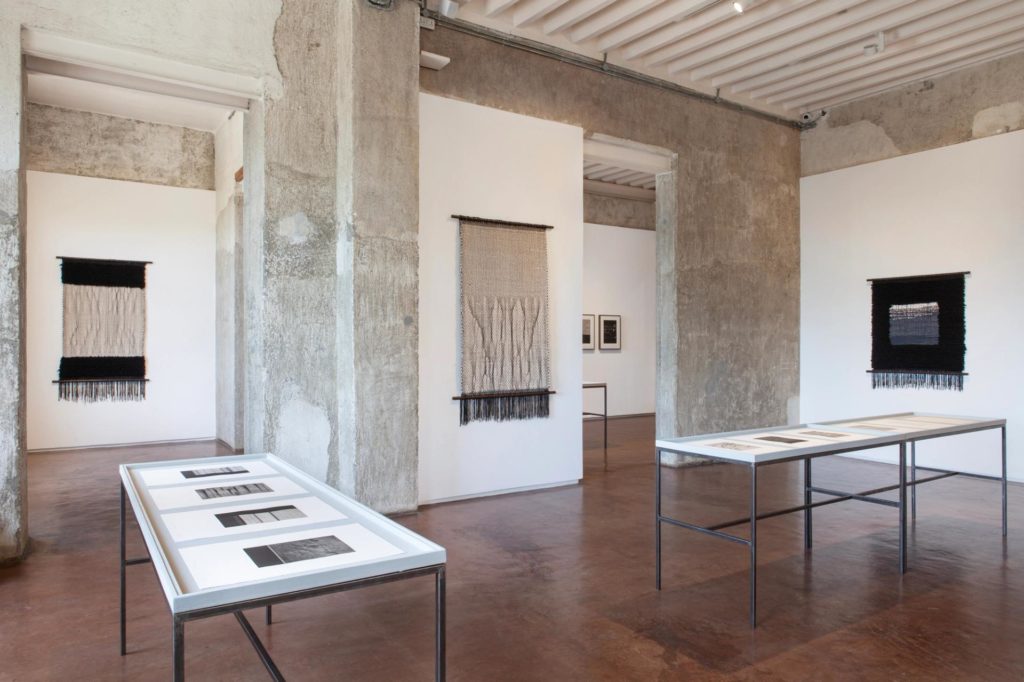
Jhaveri Contemporary, Mumbai
Fondée en 2010 à Mumbai par les sœurs Amrita et Priya Jhaveri, la galerie représente des artistes dont les pratiques explorent les histoires et les esthétiques sud-asiatiques. Ses expositions créent des dialogues entre générations et géographiques, réunissant artistes établis et nouvelles voix. La galerie collabore également avec des chercheurs pour réintroduire des récits artistiques moins connus dans un contexte international, faisant d’elle une référence importante pour l’art moderne et contemporain d’Asie du Sud.
Founded in 2010 by sisters Amrita and Priya Jhaveri, the Mumbai based gallery represents artists whose practices engage with South Asian histories and aesthetics. The gallery’s exhibitions introduce dialogues between multiple generations in different geographies, tying in established and emerging voices in the art world. The gallery also collaborates with researchers to reintroduce lesser known art histories into global narratives, making it a key point of reference for South Asian modern and contemporary art.
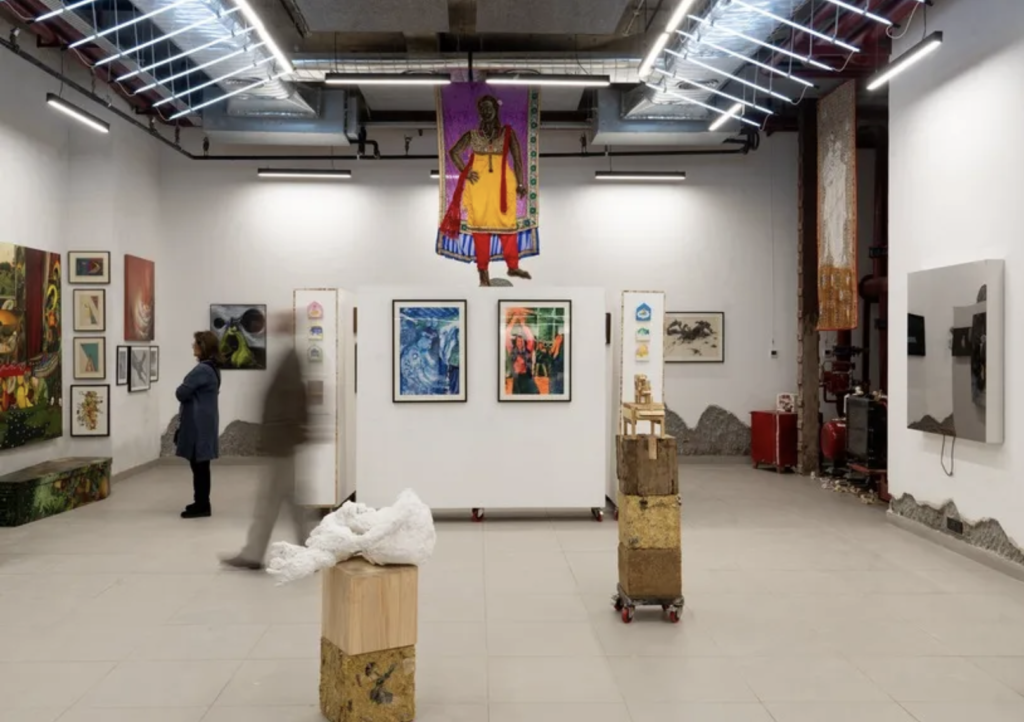
Method, Mumbai & New Delhi
Fondée par Sahil Arora, Method présente des artistes expérimentaux et émergents travaillant à travers différents médiums. Son projet récent, ‘We Were Always Neighbours’, exposé à Asia NOW Paris 2025, a réuni des artistes d’Inde et du Pakistan autour de leurs histoires et liens culturels communs. L’exposition illustre l’engagement de la galerie à faire évoluer les histoires et à encourager le dialogue au sein de la scène contemporaine indienne. Avec des espaces à Mumbai et à New Delhi, Method organise également des événements ouverts au public qui relient l’art et la culture au quotidien.
Founded by Sahil Arora, Method showcases experimental and emerging artists working across diverse media. The gallery’s most recent project ‘We Were Always Neighbours’ presented at Asia NOW Paris 2025, brought together artists from India and Pakistan to reflect on shared histories and cultural proximity. The exhibition underlined Method’s commitment to shifting narratives and fostering dialogue within India’s dynamic contemporary art scene. With spaces in Mumbai and New Delhi, Method also organises community-focused events that connect art and culture with wider audiences.
ACA project est une association française dédiée à la promotion de la connaissance de l’art contemporain asiatique, en particulier l’art contemporain chinois, coréen, japonais et d’Asie du sud-est. Grâce à notre réseau de bénévoles et de partenaires, nous publions régulièrement une newsletter, des actualités, des interviews, une base de données, et organisons des événements principalement en ligne et à Paris. Si vous aimez nos articles et nos actions, n’hésitez pas à nous soutenir par un don ou à nous écrire.
ACA project is a French association dedicated to the promotion of the knowledge about Asian contemporary art, in particular Chinese, Korea, Japanese and South-East Asian art. Thanks to our network of volunteers and partners, we publish a bimonthly newsletter, as well as news, interviews and database, and we organise or take part in events mostly online or in Paris, France. If you like our articles and our actions, feel free to support us by making a donation or writing to us.
